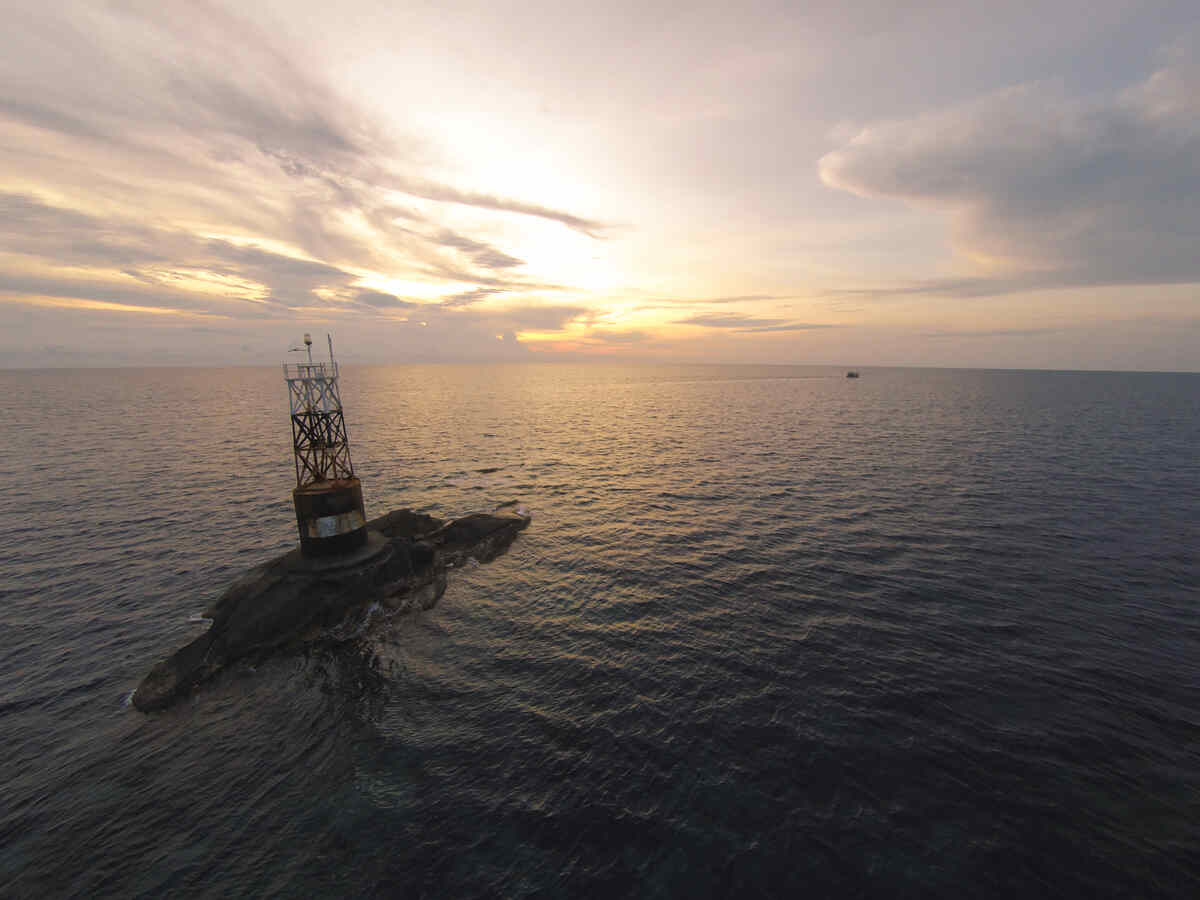The relentless pursuit of energy and marine resources has driven innovations in deep offshore technology, revolutionizing how we harness the vast potential of the oceans. This technology has become a cornerstone of modern industry, from the depths of the sea floor to the intricate systems enabling energy extraction.
Understanding Deep Offshore Technology
Deep offshore technology encompasses advanced engineering systems, tools, and processes designed to operate in challenging underwater environments. It focuses primarily on energy exploration, resource extraction, and marine infrastructure development in depths exceeding 500 meters. The sector integrates cutting-edge robotics, high-performance materials, and sophisticated data analytics to ensure efficiency and safety in extreme conditions.
Core Applications of Deep Offshore Technology
Oil and Gas Exploration
Deep offshore platforms are critical for extracting hydrocarbons from ultra-deep reservoirs. Floating production systems and tension leg platforms allow operations in water depths previously deemed unreachable.
Subsea Infrastructure
Underwater pipelines and manifolds ensure the seamless transportation of extracted resources. Advanced technologies, like remotely operated vehicles (ROVs), inspect and maintain these structures.
Renewable Energy Initiatives
Offshore wind farms and wave energy converters utilize deep-sea technologies to secure sustainable energy sources. Floating wind turbines are a promising development for harnessing oceanic wind energy.
Marine Research and Resource Mapping
Sophisticated sonar systems and autonomous underwater vehicles (AUVs) enable detailed seabed mapping, aiding in mineral exploration and environmental conservation.
Challenges in Deep Offshore Technology
Operating in deep offshore environments presents several challenges:
- Extreme Pressure and Corrosion: Materials and equipment must withstand the intense pressure and corrosive saltwater at great depths.
- High Costs: Developing and maintaining deep-sea infrastructure is capital-intensive, often requiring extensive R&D.
- Environmental Concerns: Balancing resource extraction with marine conservation is a persistent challenge.
Recent Innovations
The last decade has seen breakthroughs that are reshaping the landscape of deep offshore technology:
- Digital Twins: Virtual subsea system models allowing real-time monitoring and predictive maintenance.
- Hydrate Management Systems: Preventing gas hydrate formation, a significant issue in deep-sea pipelines.
- Autonomous Systems: Enhanced AUVs and ROVs equipped with AI for efficient exploration and maintenance.
Future Prospects
The future of deep offshore technology lies in its ability to adapt to evolving global needs. Key areas of focus include:
- Carbon Capture and Storage (CCS): Offshore reservoirs can serve as sites for storing captured carbon dioxide, aiding climate change mitigation.
- Advanced Materials: Developing corrosion-resistant alloys and composites will enhance equipment durability.
- Integrated Energy Systems: Combining offshore oil, gas, and renewable energy infrastructure for optimized resource utilization.
Why Deep Offshore Technology Matters
Deep offshore technology is pivotal as the world seeks sustainable energy solutions and resource security. It bridges the gap between current energy demands and the transition to renewable resources. Moreover, it supports marine conservation efforts by enabling precise and minimal-impact exploration.
Conclusion
Deep offshore technology represents the intersection of engineering ingenuity and environmental stewardship. As innovations continue to address their inherent challenges, this field will remain indispensable in shaping the future of energy and resource exploration.





















